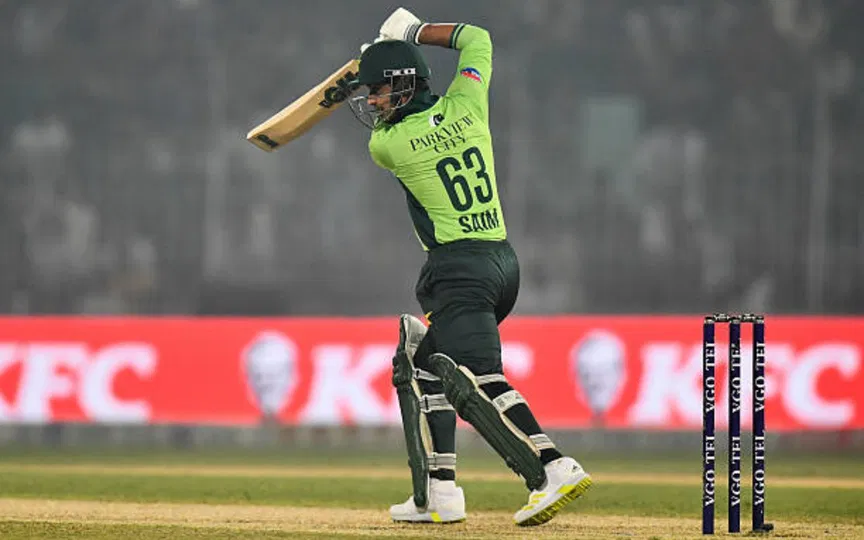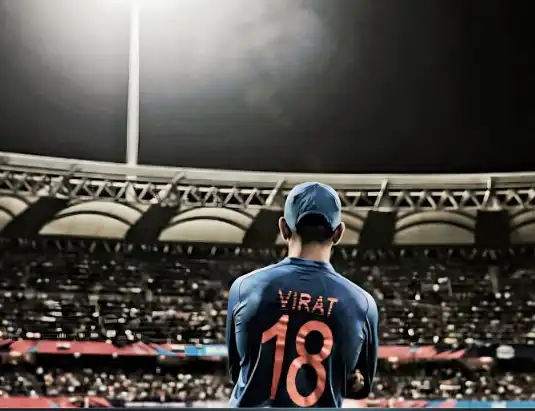![Gautam Gambhir and Suryakumar Yadav [Source: @BCCI/x.com]](https://onecricketnews.akamaized.net/parth-editor/oc-dashboard/news-images-prod/1762602167503_AUSvsINDT20Iseries.jpg?type=hq) Gautam Gambhir and Suryakumar Yadav [Source: @BCCI/x.com]
Gautam Gambhir and Suryakumar Yadav [Source: @BCCI/x.com]
India may have taken the five-match T20I series against Australia 2–1, but it wasn’t all smooth sailing. Rain had its say in two games and Australia tested India’s depth across departments.
Still, there was plenty to unpack from the tour with new faces making statements, old ones fading out and some tactical calls that gave fans a glimpse of what Gautam Gambhir’s setup might look like ahead of the 2026 T20 World Cup in India.
Here are the 3 major takeaways from India’s T20I squad after the Australia tour.
1. Samson’s career hanging by a thread
It’s hard not to feel for Sanju Samson. Once again, he found himself carrying drinks when he should have been carrying the innings. Despite starting the series in the mix, the Kerala batter was left out for the final two matches. Samson’s exclusion after just a couple of dismal outings feels like deja vu.
He was replaced by Jitesh Sharma in the middle order for the fourth T20I and benched again in the final match. Before the toss, cameras even caught Samson deep in discussion with head coach Gautam Gambhir, perhaps a telling image of the uncertainty surrounding his future. The message from the team management seems clear: Gill and Abhishek Sharma are the preferred opening pair and Jitesh has sealed the wicketkeeper-batter slot.
For Samson, who is already out of the ODI picture, this might be the writing on the wall. Unless he proves himself in the upcoming series, his chances of making the cut for the 2026 T20 World Cup look bleak. Meanwhile, Yashasvi Jaiswal, despite being a Test regular, might have to bide his time for a T20I opening slot.
2. India doubling down on three-spinners strategy
If there is one thing Gambhir is hammering home, it is the importance of batting depth. India played three spinners throughout the series, even in Australian conditions known for pace and bounce. While it raised a few eyebrows, the move made tactical sense. Kuldeep Yadav, Varun Chakravarthy, and Axar Patel started the series and later Washington Sundar slotted in for Kuldeep.
The trio provided a nice balance: control through the middle overs, variation and some lower-order runs. Gautam Gambhir clearly wants a team that bats deep, ensuring the tail doesn’t wag helplessly. With the T20 World Cup just three months away on home soil, India’s spin-heavy approach hints at their likely blueprint: use variety, bat till No. 9 and suffocate oppositions in the middle phase.
It’s a bold call but one that shows Gambhir’s clear intent: he wants flexible, multi-dimensional cricketers who can contribute in more than one department.
3. Harshit Rana falls behind Arshdeep Singh
Harshit Rana’s selection raised quite a few eyebrows at the start of the series. Picked over Arshdeep Singh for his “batting ability”, Rana didn’t quite justify the call. His 35 off 33 balls in the second T20I showed some fight with the bat but his main job of bowling went haywire. He conceded 27 runs in just two overs, struggling big time for rhythm and control.
That was enough for the team management to make the switch. Arshdeep returned in the third T20I and immediately made an impact as he snagged 3/35 to earn Player of the Match honours. He followed it up with another tight spell in the fourth game and has more or less sealed his spot as India’s lead left-arm pacer.
Rana might still be in the mix as a backup option but the pecking order is clear: Arshdeep leads the line and Harshit has some work to do if he wants to be in contention for the big tournament.
Conclusion
In the end, India’s series win felt less like a victory lap and more like a dress rehearsal for the big stage. India found some answers, exposed flaws and hinted at the shape of things to come.
Under Gautam Gambhir, the Men in Blue look like a side unafraid to take bold calls, even if it ruffles a few feathers. The spin-heavy approach, the clarity of roles and the ruthless selection calls all point towards one thing: a team being built for impact, not sentiment!
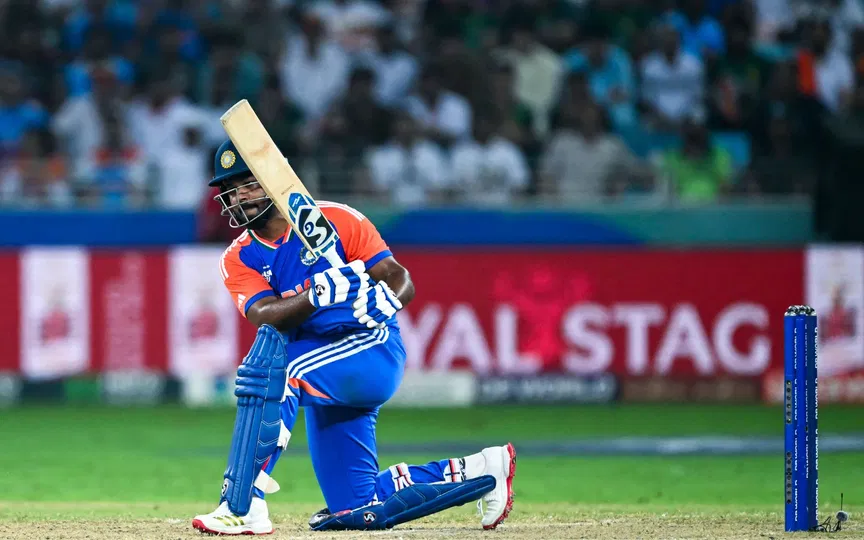
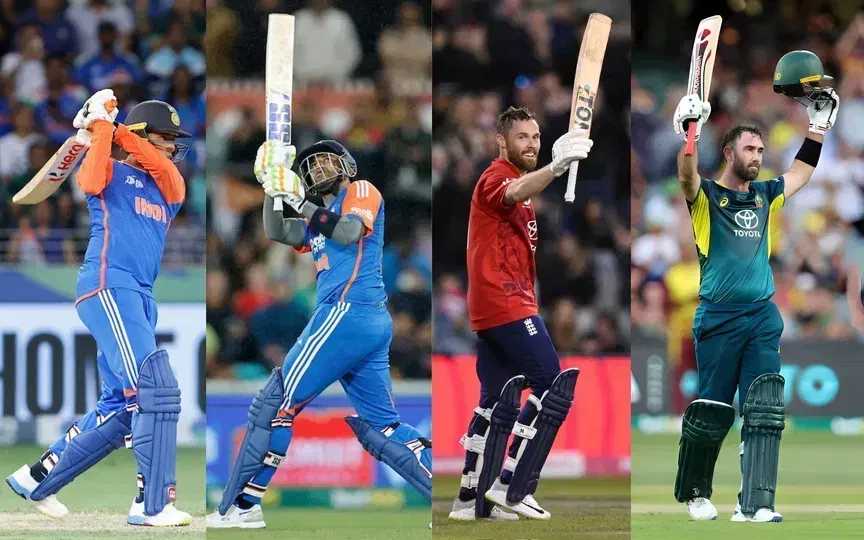
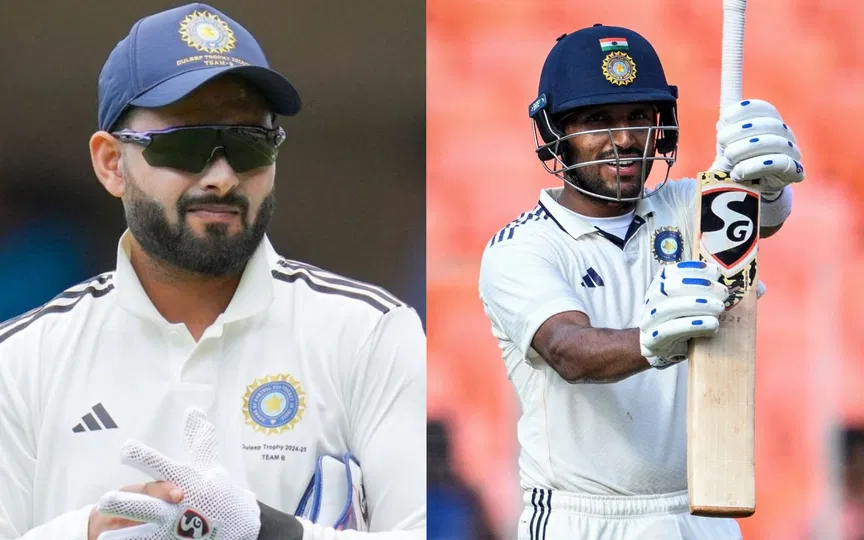
.jpg?type=mq)
